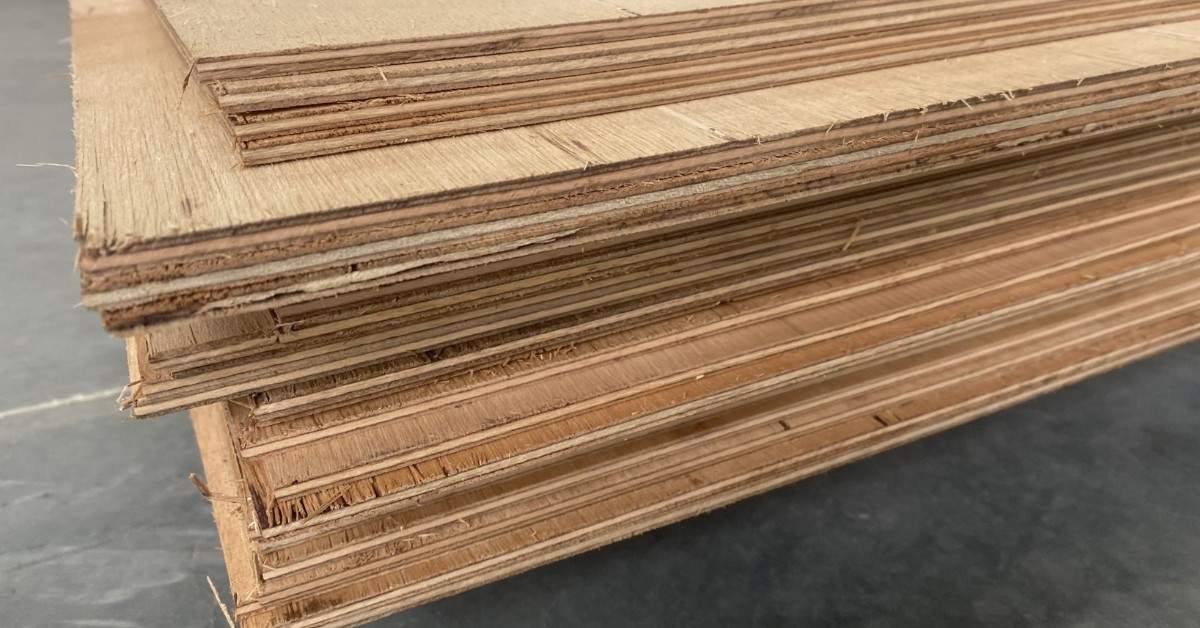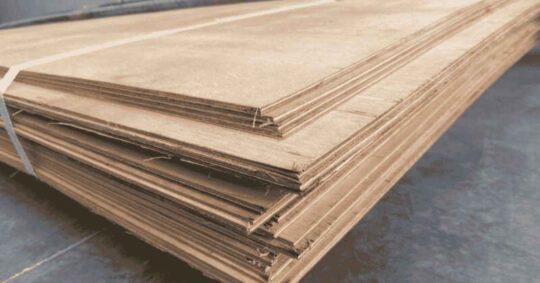- Your cart is empty
- Continue Shopping
Why is F22 Bracing Ply Considered a Crucial Part of Your Architectural Plan?


When it comes to building or renovating, every material choice counts, and structural plywood is no exception. F22 bracing ply often costs more than standard options, which makes many builders and homeowners question whether it’s really worth it.
The short answer? Yes, it usually is.
F22 bracing ply offers the kind of strength, reliability, and long-term stability that standard structural ply can’t always match. It’s built to handle the harsh Australian climate, support structural loads, and meet national building standards without compromise. For anyone serious about long-lasting results, it’s an investment in quality and peace of mind, not just another line on the materials list.
What is F22 Bracing Ply, in Simple Terms
F22 is a strength and stiffness rating under Australian timber standards. It means the ply is built to cope with structural loads, wind pressure, shear forces, not just simple partition walls.
This kind of ply is used for bracing walls and roofs in timber-framed homes. It’s built tougher. You’ll often find it treated to resist pests and moisture.
Top Benefits of F22 Bracing Ply
Here’s why F22 bracing ply tends to deliver better performance than budget-grade materials.
1. Stronger, Safer Structures
When storms hit, or strong winds push against walls, structures built with good bracing resist bending or failure. F22 ply adds shear strength. That keeps walls from warping or cracking. It makes the home safer, especially in exposed or coastal areas.
2. Fewer Repairs Over Time
Cheap plywood or under-spec ply might look fine at first. But over years, small issues add up: walls that flex, joints loosen, plaster cracks. With F22, many of those weak spots are eliminated or reduced. The money saved on repairs can easily outweigh the extra cost up front.
3. Better Compliance with Building Codes
Australian building codes expect certain load capacities, especially for external walls and bracing. Using F22 gives confidence that the build will meet the standards. That can save headaches with inspections, approvals, or needed fixes later.
4. Long-term Durability
Ply that’s properly treated for termites, moisture, and decay lasts longer. F22 is often available in treated versions. That means fewer worries about pest damage or rot — especially in humid or termite-prone zones.
5. Added Value if You Sell
Homes that are structurally sound tend to perform better in inspections. Buyers often ask about structural integrity. If someone can show that bracing is of good quality, that can boost perceived value. It can help in passing a building inspection or securing insurance.
6. Less Risk & More Predictability
Builders who use F22 know what they’re getting. The material is less likely to surprise. Less warping, fewer quality issues. That means fewer delays during construction, fewer “oh crap” moments when something fails code or shifts.
When F22 Pays Off Big-Time
- Coastal or exposed properties where wind loads are high.
- Long wall spans or big openings (windows, doors) that need strong lateral stability.
- Areas with termite risk or high moisture. Treated F22 helps resist those.
- Projects where future maintenance is difficult or costly.
- When resale or insurance value matters.
How Timber Central Makes a Difference
Using Timber Central for F22 bracing ply adds more than just the product. These are the advantages you get:
- Quality materials that meet current Australian structural standards.
- Treated options for termite and moisture resistance.
- Guidance to pick the right panel size and placement for your build.
- Reliable supply, so you’re not waiting or swapping materials mid-project.
Addressing Common Concerns
People sometimes hold back because of these worries:
- Cost up front: Yes, F22 is more expensive. But the long-term savings in repair, fewer issues, and better resale value usually outweigh that.
- Over-specifying: Using F22 everywhere isn’t always necessary. But picking the key spots (external walls, bracing walls) makes most of the benefit.
- Treatment costs: Treated F22 is more, but in many regions it’s almost essential. It protects against termites or moisture damage, which often costs more.
FAQ
Does F22 affect insulation or internal comfort?
Not directly. But stronger, tighter walls can reduce gaps or movement. That helps reduce drafts and improve sealing.
Is F22 much heavier or harder to work with?
Slightly tougher than thin ply, but good-quality panels are manageable. Timber Central’s products tend to be consistent in size, so handling is easier.
Will building inspectors prefer F22?
Usually yes, especially in bracing zones or where walls are expected to resist high loads.
Final Thoughts & What to Do Next
If strength matters, the climate is harsh, or long-term costs are a concern, F22 bracing ply is a worthy investment. It’s not just buying plywood, it’s buying peace of mind.
For your next build or renovation, ask yourself: Can cutting corners now lead to bigger costs later? If yes, go with F22.
Reach out to Timber Central to see exactly what F22 bracing ply suits your site. Get quotes, compare treated vs untreated, and plan where to use it. Doing a bit of homework now can pay off big later.




